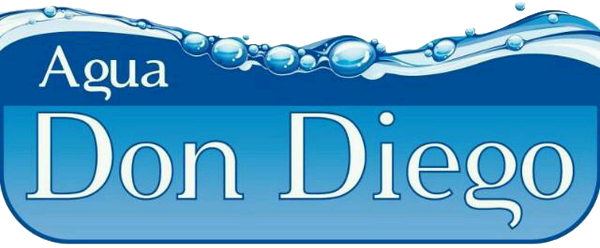It represents the estimated value of an asset when it is no longer useful or productive to a company. Understanding salvage value is significant as it influences various financial decisions regarding asset management and depreciation. Any calculation of net present value is incomplete if we ignore the income tax implications of the project. This is because governments in most of the countries collect tax from companies, which is based What is Legal E-Billing on the profits they generate. The salvage price of the asset and scrap value calculation are based on the original price and depreciation rate.
- This salvage value is used to determine depreciation expenses, tax liabilities, and the actual cost of an asset over its useful life.
- This is often heavily negotiated because, in industries like manufacturing, the provenance of their assets comprise a major part of their company’s top-line worth.
- A tax rate of 30% is applicable to both income and gains and is not expected to change in 5 years.
- If you don’t receive the email, be sure to check your spam folder before requesting the files again.
- Under straight-line depreciation, the asset’s value is reduced in equal increments per year until reaching a residual value of zero by the end of its useful life.
Reduces Tax Liability
The useful life assumption estimates the number of years an asset is expected to remain productive and generate revenue. No, the after-tax salvage value takes into account taxes owed on the sale of the asset, while the net salvage value does not. Yes, if the sale of an asset results in a loss and taxes are paid on that loss, the after-tax salvage value can be negative.
How can after-tax salvage value calculations help in decision-making?
Besides, the companies also need to ensure that the goods generated are economical from the customer’s perspective as well. Overall, the companies have to calculate the efficiency of the machine to maintain relevance in the market. In some contexts, residual value refers to the estimated value of the asset at the end of the lease or loan term, which is used to determine the final payment or buyout price. In other contexts, residual value is the value of the asset at the end of its life less costs to dispose of the asset.
- To make the best financial decisions, it is important to consider salvage value after tax along with other factors.
- Anything your business uses to operate or generate income is considered an asset, with a few exceptions.
- For example, an asset that has a high demand in the market may have a higher salvage value after tax than an asset that has a low demand.
- The four depreciation methods available are straight-line, units of production, declining balance, and sum-of-the-years’ digits.
- If the residual value assumption is set as zero, then the depreciation expense each year will be higher, and the tax benefits from depreciation will be fully maximized.
- Another example of how salvage value is used when considering depreciation is when a company goes up for sale.
What Is the Loss for Tax Value?
When calculating depreciation, an asset’s salvage value is subtracted from its initial cost to determine total depreciation over the asset’s useful life. If your business owns any equipment, vehicles, tools, hardware, buildings, or machinery—those are all depreciable assets that sell for salvage value to recover cost and save money on taxes. With a large number of manufacturing businesses relying on their machinery for sustained productivity, it is imperative to keep assessing the equipment they own. Constant use and other factors like the nature and quality of these assets cause a continual deterioration.
Formula: after-tax net cash flows
This may also be done by using industry-specific data to estimate the asset’s value. Companies can also use industry data or compare with similar existing assets to estimate salvage value. For example, a delivery company might look at the value of its old delivery trucks for guidance. The main difference between book value and salvage value lies in the fact that book value is based on the historical cost of the asset, while salvage value is based on its future value. As new and more efficient technologies emerge, older assets may become outdated and less desirable in the market.
Every business must analyze the value of its assets and determine whether they need to be disposed of or maintained. Asset valuation is crucial in business planning and analysis as it enables the management to come up with informed decisions about the assets. Salvage Certified Bookkeeper value after tax is a crucial factor to consider when it comes to various industries. This salvage value is used to determine depreciation expenses, tax liabilities, and the actual cost of an asset over its useful life.
